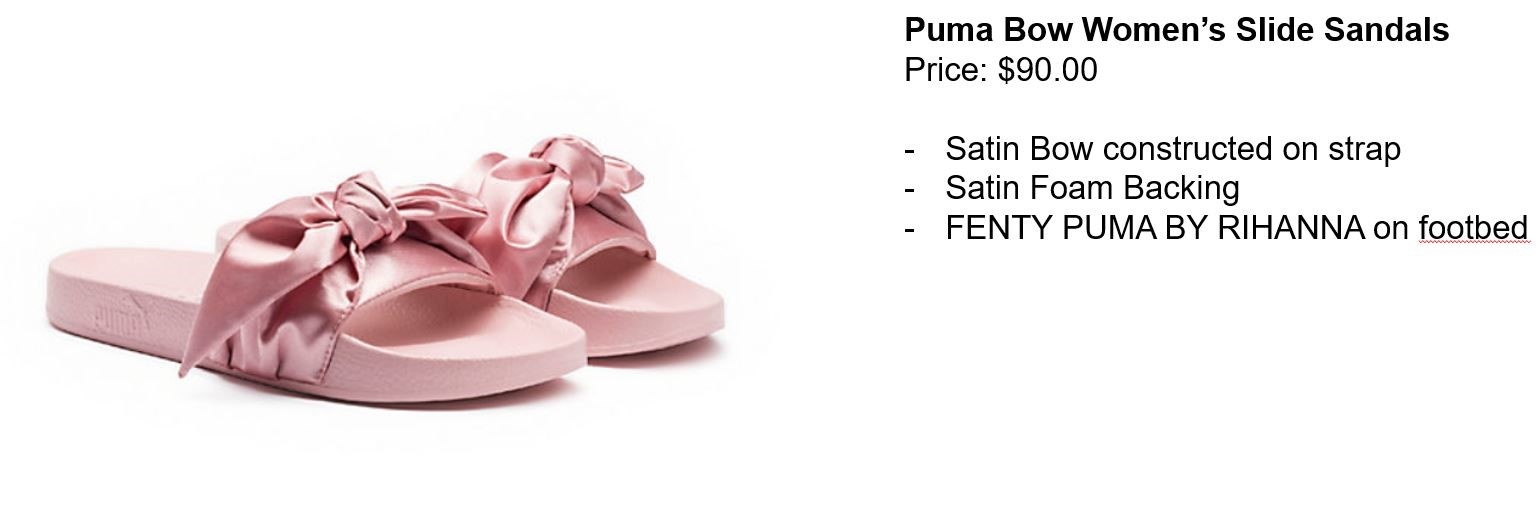To secure a preliminary injunction in a trademark infringement action, the plaintiff must show both a likelihood of success on the merits and proof of irreparable harm. Although it used to be that when likely success on the merits was shown, irreparable harm was presumed, a recent paper[1] in Trademark Reporter has traced the disappearance of this presumption after the 2006 Supreme Court decision in eBay v. MercExchange. Although eBay was a patent case, its reasoning has been extended by various courts to include trademarks, and “a court today will probably expect separate proof of irreparable harm when preliminary relief is sought.”[2]
To begin, what is “irreparable harm?” Simply put, irreparable harm is an injury that cannot be calculated in dollars. If the plaintiff can be made whole by an award of monetary damages, the harm is not deemed “irreparable.” So, if the plaintiff has lost sales due to the defendant’s infringement, the plaintiff can be appropriately compensated based on the volume of sales lost. However, if the plaintiff’s brand image or reputation can be damaged by the alleged infringement, the harm may be impossible to determine or adequately compensate with money. A preliminary injunction quickly obtained can at least contain the damage and reduce the injury caused by the infringement.
For example, the appearance of a cheap knock-off could have a negative impact on the brand image and prestige of the higher priced original. In the recent case of Puma v Forever21, that’s what was alleged. Forever21 was selling a “Bow Slide” sandal that Puma claimed was confusingly similar to its Rihanna Fenty “Bow Slide.” A declaration submitted by Puma's Global Director of Brand and Marketing Adam Petrick said, "Because there is a high demand for Puma’s Fenty Shoes, and especially in the period after a launch, knock-offs such as those sold by Forever 21 diminish the excitement following a Fenty shoe release because consumers can purchase the “same-looking product” at a lower cost."


Unfortunately for Puma, the presiding judge held that while Puma claimed the presence of the 'knock-off' products on the market ‘diminishes the brand value for Puma’s consumers,’ and that ‘the prestige of the Puma brand is diminished,’ these statements are not tied to actual evidence, and constitute little more than "pronouncements that are grounded in platitudes rather than evidence." So, no injunction was granted to stop Forever21 from selling its knock-offs while the case continues.
To test whether a trademark survey would have helped, AMS created a simple variant of the Squirt survey format frequently used to measure likelihood of confusion to test for exactly the effect that Puma alleged. Respondents in the Test Group were shown the Puma Fenty sandal and the Forever21 knock-off. Respondents in the Control Group were shown the same Puma Fenty sandal and a different Forever21 sandal that did not resemble the Puma sandal. After exposure to the Puma and Forever21 sandals, respondents in each cell were asked to rate Puma and two other shoe brands (in this case Nike and Reebok) on a series of attribute scales related to prestige and status. If the Puma allegations were correct, we should expect to see lower ratings on these scales for the group that saw the Puma sandal and the Forever21 knock-off. And that is exactly what happened. The prestige and status ratings for Puma were significantly lower in the Test Group than in the Control Group. Importantly, there was no change in the ratings for Nike and Reebok between the Test and Control Groups.
When consumers see that they can buy something that looks like the expensive product at a bargain price, the image and reputation of the original product takes a hit. This is exactly the sort of trademark survey evidence that Puma could have used to support its request for a preliminary injunction. And because the survey is conducted over the internet, the data can be quickly collected and brought to court in a timely manner.
To learn more about irreparable harm or other consumer surveys for trademark infringement, contact us.
___________________________
[1] Anne Gilson LaLonde and Jerome Gilson, “Adios! To the Irreparable Harm Presumption in Trademark Law,” The Trademark Reporter, Vol. 107, 913
[1] Ibid, p. 915

